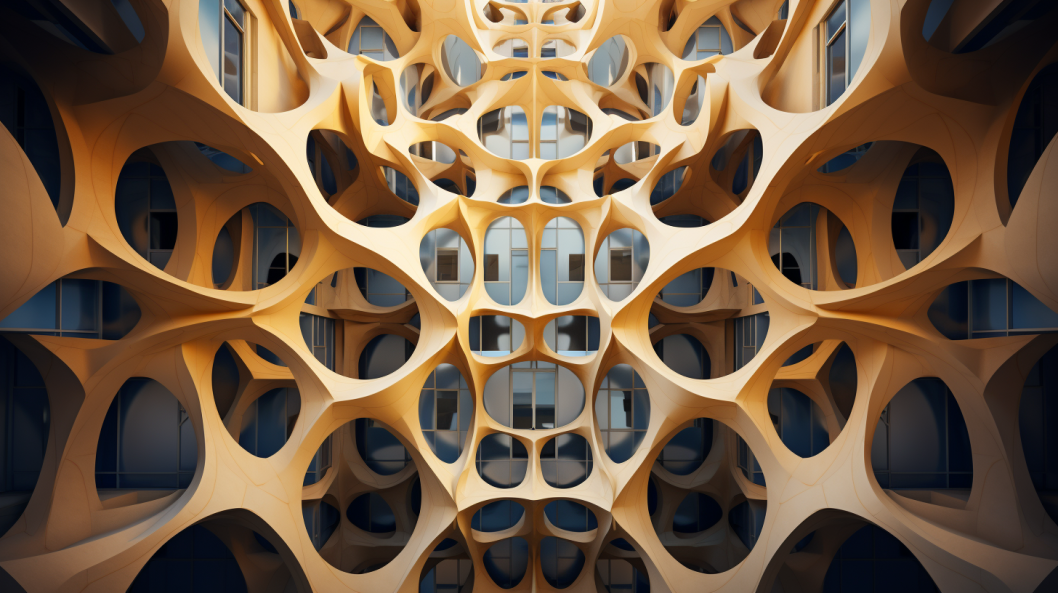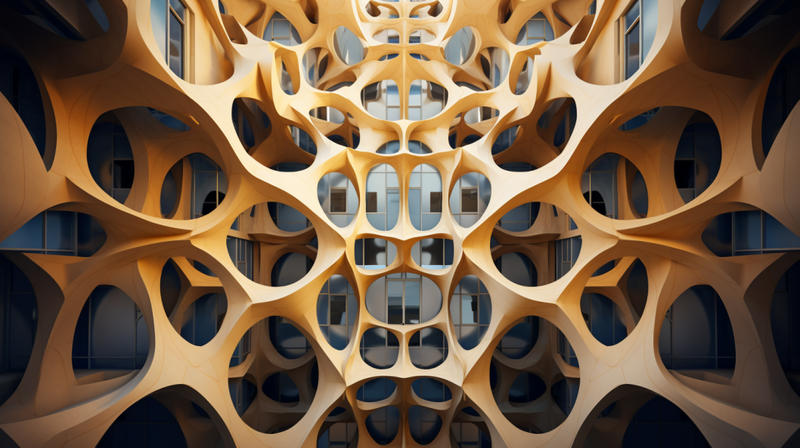Fractal Buildings: How Complex Shapes Are Changing Architecture
Understanding Fractals
Before diving into architecture, it's important to understand the basics of fractals and their key characteristics. Fractals are defined by a repeating process or pattern that appears the same at every scale. They are infinitely complex, meaning they show endless detail and self-similar patterns, no matter how much you zoom in or out. This quality of boundless complexity from simple rules challenges and inspires architects to create designs that are not only visually compelling but also blend the harmony and balance seen in nature.
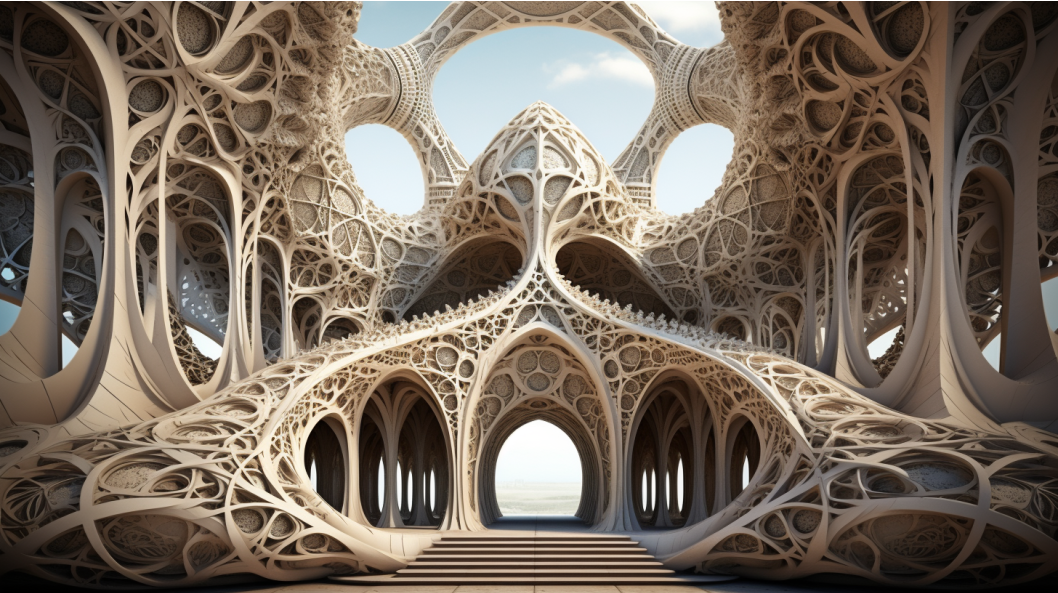
Unveiling Fractal Architecture
The use of fractal geometry in architecture isn't just about looking good; it's a deliberate use of mathematical principles to create structures that mirror natural designs and patterns. Some classic examples of fractal architecture include the Sierpinski triangle, the Menger sponge, or the mesmerizing pattern of the Romanesco broccoli. These geometric shapes manage to embody both simplicity and complexity, where the simple repetition of a pattern yields intricate and often unexpected structures.
By examining the natural world and using fractals, architects have the potential to build structures that are more sustainable, coherent (logically consistent), and in harmony with the natural environments around them. For instance, the repeating patterns of branching found in trees and river networks show an efficient way to provide support and distribute resources—principles that can be copied in architectural design to optimize resource distribution and structural support within buildings.
Beauty and Function Working Together
The aesthetic appeal of fractals comes from their intricate and unending complexity, resonating with our natural fascination with patterns and repetitions. For architects, this provides a tool to explore new design areas that captivate observers, drawing them into a visual journey of endless exploration.
From a functional perspective, fractal design in architecture suggests improved efficiency and optimization. By mimicking the fractal geometries found in nature, architects can create designs that use space more efficiently. At the same time, they provide structural strength and optimize energy usage within a built environment. Additionally, with advances in computer design and digital manufacturing technologies, the complexity of fractal geometries can realistically be built into architectural forms, structures, and environments.
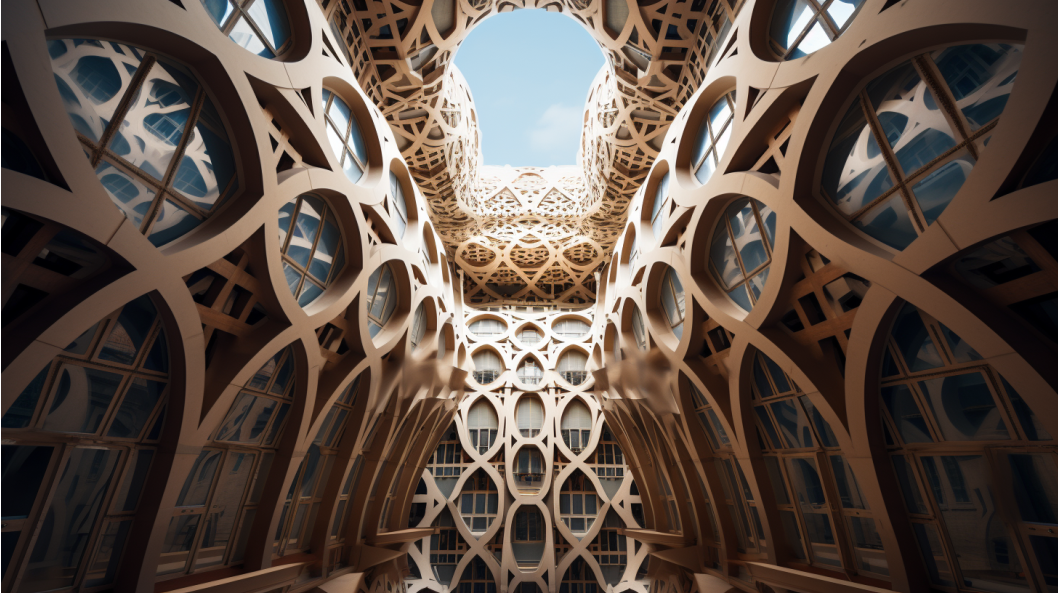
Sustainable Futures Through Fractal Designs
In today's age, where sustainability is no longer an option but a requirement, integrating fractals into architectural design can be a pivotal step towards creating structures that are more in sync with the environment. Fractal architecture encourages architects to draw inspiration from natural phenomena, ensuring the inclusion of designs that are inherently more sustainable and adaptable to changing environmental conditions.
Embracing fractal designs paves the way for constructions that naturally blend with their surrounding ecosystem, potentially reducing the human impact on the environment. By simulating the smooth and self-sustaining designs found in nature, it's possible to imagine and create architectural entities that not only complement but also improve the natural environments in which they are placed.
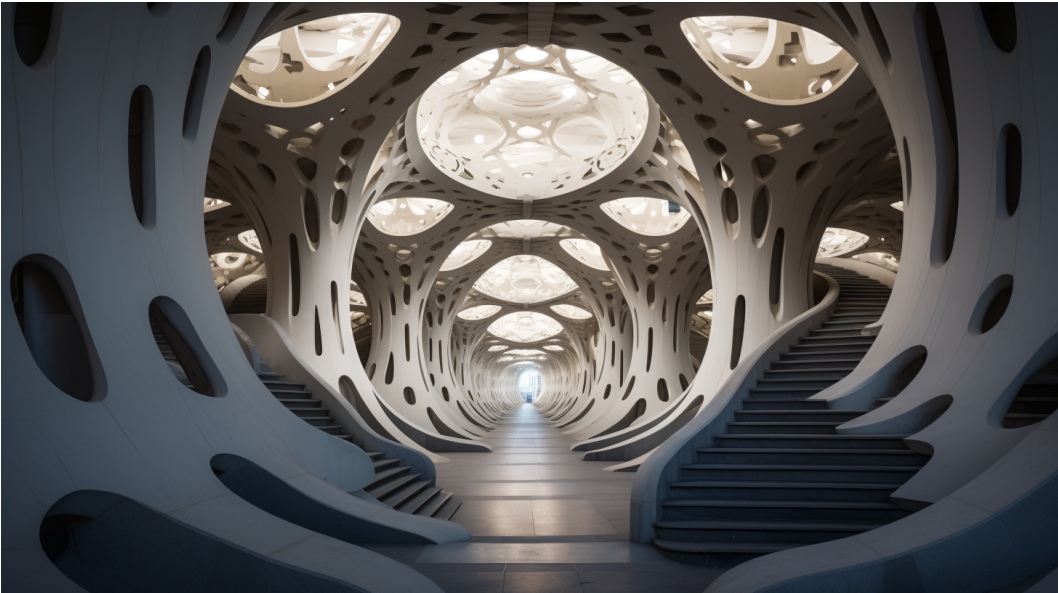
Challenges and the Path Forward
The use of fractals in architecture isn't without its challenges. Actually building these designs in the real world requires navigating many practical and logistical obstacles. These include following building codes, managing structural strength, and ensuring that the designs are functional and accessible. Therefore, architects must find a careful balance, using the complexity and beauty of fractal designs while ensuring that the structures they create are safe, feasible, and suitable for their intended purpose.
The future of fractal architecture remains a fertile ground, rich for exploration and discovery. As technology advances and our understanding of fractals deepens, new possibilities will be revealed, giving architects a wider and more sophisticated range of tools from which to draw inspiration. This, combined with a genuine commitment to sustainable and innovative design, promises a future where architecture is not just a reflection but an improvement of the natural world.
Fractal architecture, with its mysterious complexity and aesthetic appeal, stands as proof of the possibilities that arise when mathematics, nature, and design intertwine. It's a dance between chaos and order, simplicity and complexity, form and function. By exploring and integrating fractal geometries into architectural designs, architects have the ability to create structures that are not only visually striking but also optimized in function and sustainability, building a future where built environments exist in harmonious coexistence with the natural world. Thus, the architectural journey into the realm of fractals provides not just a new design method but also a pathway towards constructing a sustainable and harmoniously integrated future.
